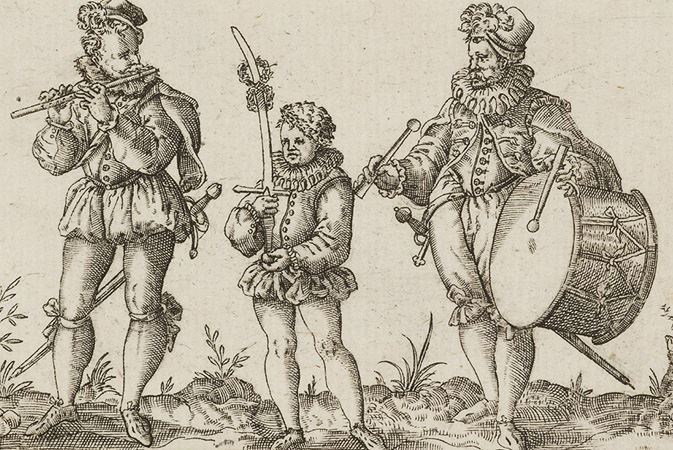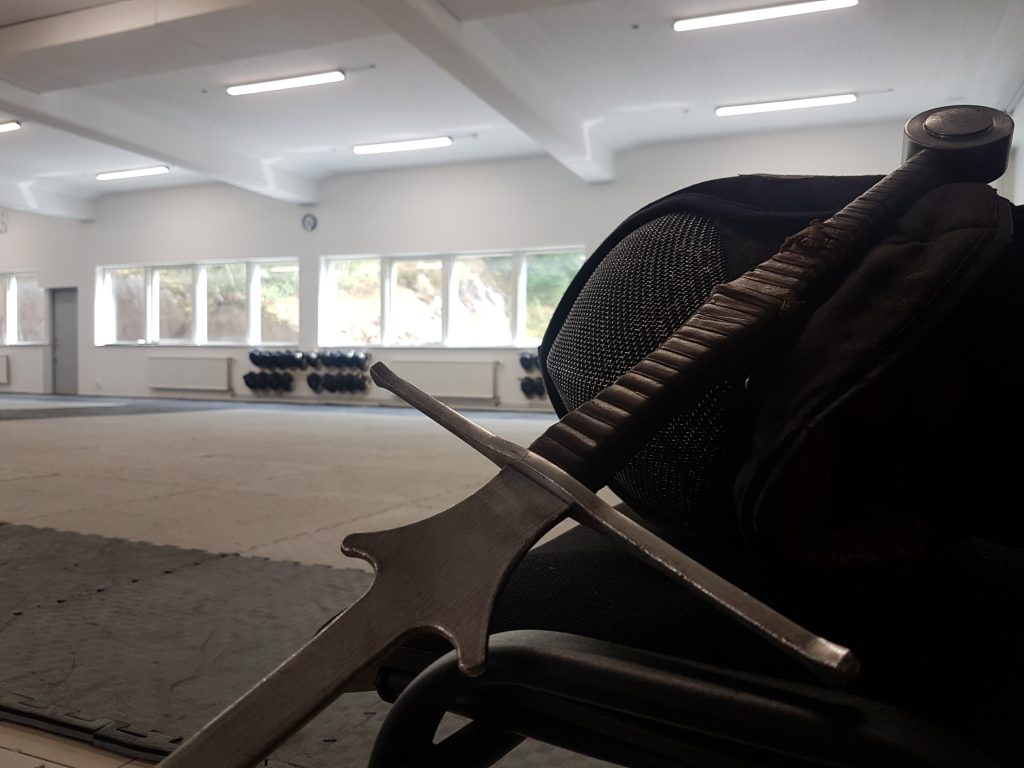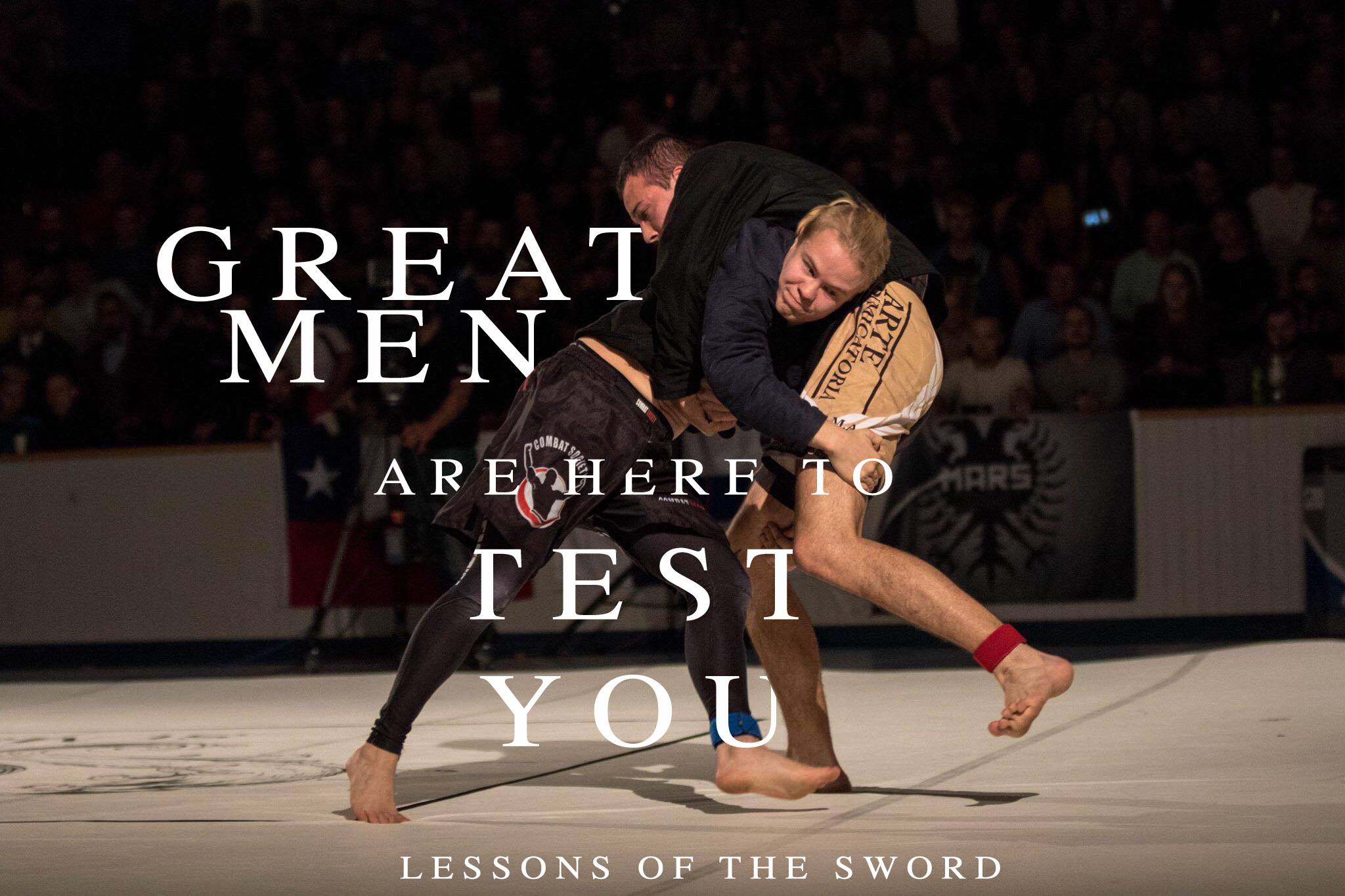There’s no reason why children can’t train fencing from an early age, even a very early age. But it’s also important to make sure that they train in a way that fits them both physically and mentally. Here are a few things to keep in mind for those who have younger fencers in their clubs.
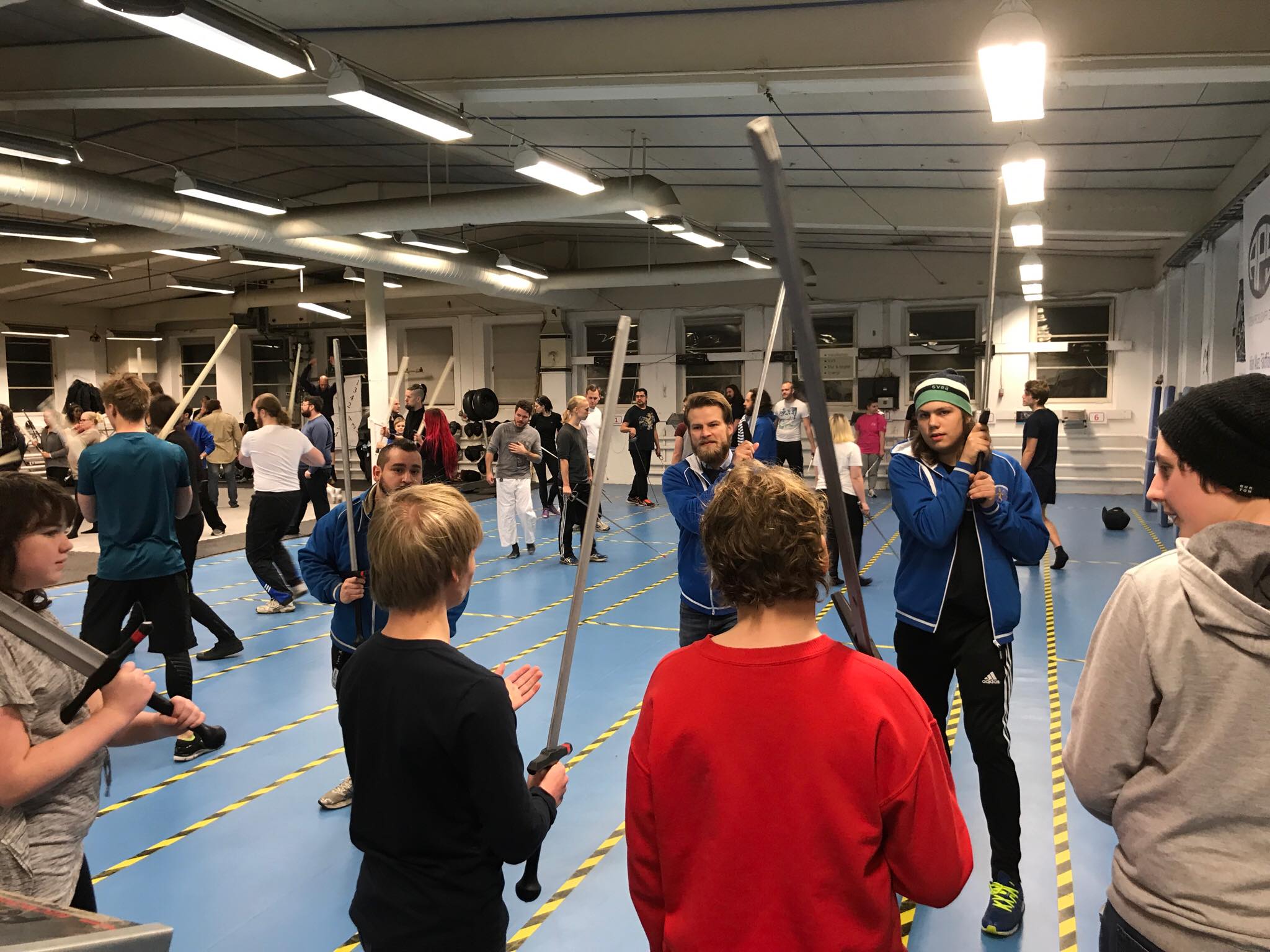
Children are not training fencing to become adult fencers. They are simply young fencers; their training is theirs and they should do it because they enjoy it and benefit from it. The attitude that children are training to become adult fencers, risks hurting their long-term development and take the joy out of practicing.
Several studies show that kids say that they get enjoyment, a sense of excitement, fulfilment and feel pride in practising a sport. In other words, there is reason to believe that training can fulfil a lot of both physical and emotional development needs in children. But there are also children who report negative experiences, and these tend to relate to feelings of inadequacy, stress, too much focus on achievement, too hard training, and being scared of making a mistake.
The following insights can help you reduce drop out effects of training, help you make fencing something that all can enjoy, regardless of age.
-
Make sure that training is fun
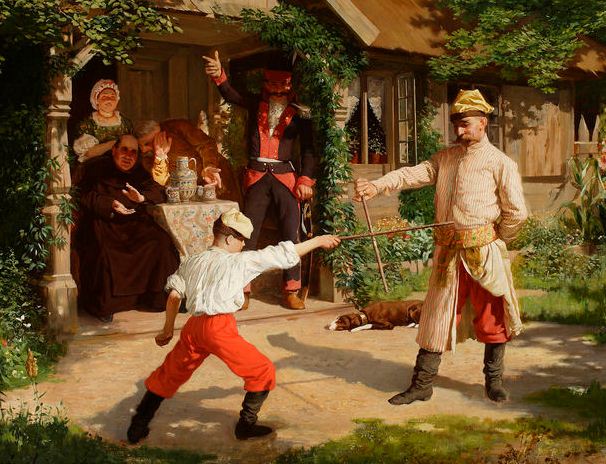
Mankind is not alone in playing. Animals also learn through playful behaviour, such as mock fighting. It is therefore not far-fetched to assume that playing is a natural and biological way of learning, and that it not only teaches us skills, but also helps in
socialisation.
Turning learning into games is a great way to teach in a way that children enjoy. Remember that games don’t have to be competitive, understanding the rules and not breaking them is just as important.
The added benefit of playing is that it is fun, and several studies show that we learn the best when we are having fun. That’s true for adults too! And we are also motivated to continue doing things that we enjoy, making having fun a long-term strategy to build better fencers who stick with it longer.
-
Make training varied
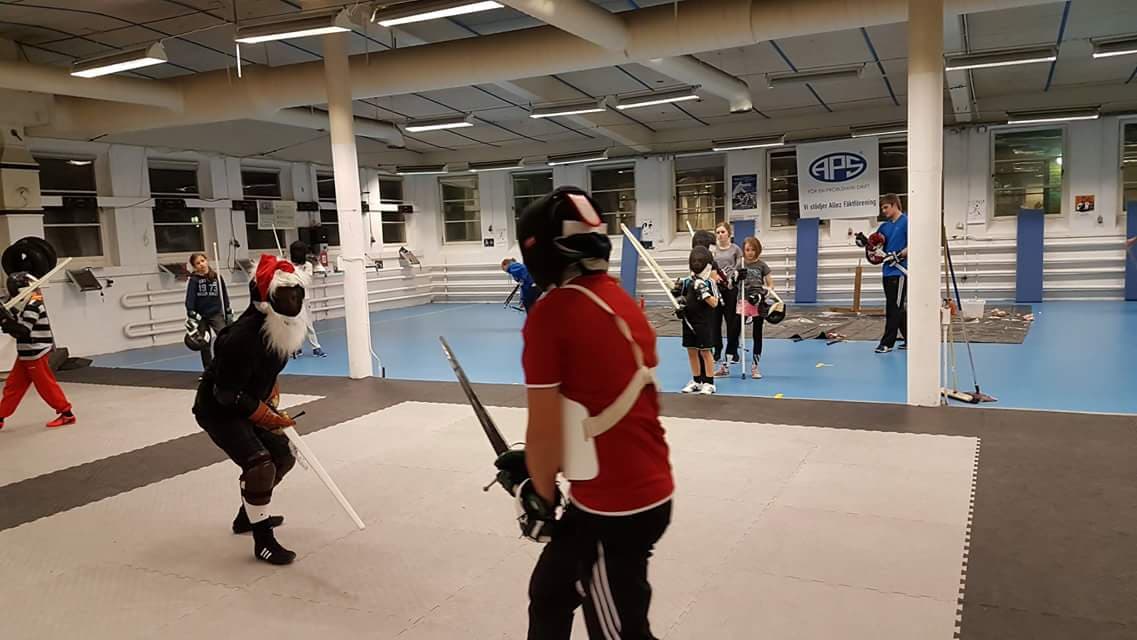
Santa Claus is coming to fencing class.
Children cannot focus as long as adults, and they enjoy variation more. Drilling one thing for too long, having too long training sessions, or pushing them beyond their ability to handle exhaustion can have negative effects on training. Instead, try to vary the exercises, and make sure that sessions are adapted to the maturity of the students (we’ll get back to this in a later article).
-
Don’t specialise too soon
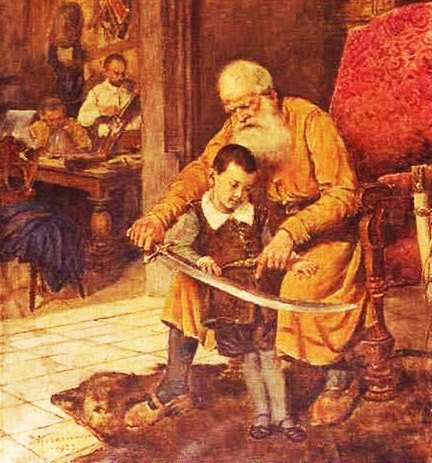
It’s been shown that a focus on specialisation too early in life can have adverse effects in the long run. Variation of training and training more sports than one, will give the child a broader base to stand on when it is time to specialise. Within fencing, there are tonnes of things that you can do to create variation, for example train wrestling games, or different weapons or warm ups. Make sure you have a good mix of coordination training, strength training, technique training and aerobic exercises depending on the maturity of the group.
-
Giving out awards
If you train from an early age it’s likely that you will drop out at some stage, especially if you don’t see the progress. Children tend not to see their development and will have a hard time assessing their achievement and are also likely to quit abruptly if they don’t feel motivated. Handing out awards, ranking, badges and diplomas is a way to give the child a sense of pride and set up achievable goals along the way. It’s something to show to friends and family. Not all awards have to be based on specific achievements in fencing, why not hand out a loyalty badge for someone sticking up for the club or his or her friends?
-
Understand their development phases
Understanding where a child is in the physical, mental and social development curves is crucial to being able to focus on the right things in training. The changes that we go through as we grow from children to adulthood are immense. As an example, a child has about 20% muscle mass, whereas an adult has around 40%. Our abilities to benefit from aerobic and anaerobic training also changes drastically, especially during puberty. And although there certainly are big differences between individuals—it is perfectly normal after all with individual variations of puberty between 10 and 17-year olds—there are also differences between boys and girls. The sexes mature differently, physically, mentally and socially, and at different ages. Understanding this is important when planning classes.
-
Promote positive values
Several studies show that peer groups are a big influence on personal development. To foster a positive atmosphere with good values, where students take pride in treating each other with respect, is an important mission for clubs. Why not tie courage, loyalty, respect and humility to your club’s values and encourage them as a part of the identity of being a fencer?
